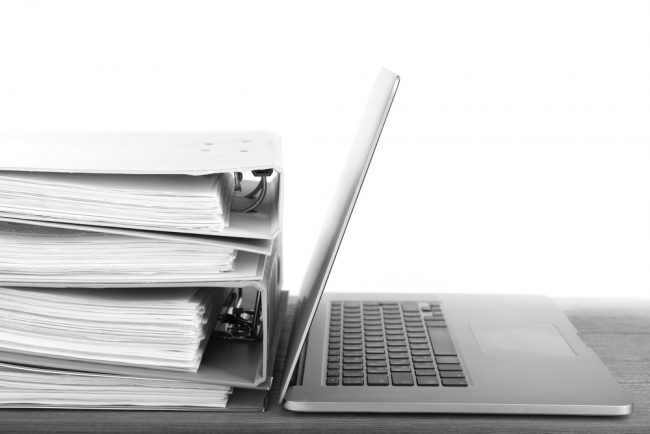
Many websites serve visitors from different countries. Unfortunately, not everyone has acceptable level of English proficiency and it’s important for these companies to translate their websites. This is an important step that many companies may need to take. It could also be among the most difficult decisions. There are different considerations that we should know if we want to translate our website. The most important thing is know how much translatable content that we need to process and translate to other languages. We should also define how many languages that we should add to our website. As an example, we should know our primary markets for our products and services. Other than English, Spanish, Chinese, Arabic, Urdu and other major world languages may need to be added.
We should also know about proper graphics selections for each language sub-domains. Data work should also be included in translation project. Each language sub-domain requires separate database. There should be enough resources to accommodate multiple database. We will need to upgrade our hosting account to support multiple databases at proper performance level and reliability. After defining these important factors, we should gather translatable content. We should make sure that there are reliable translators who can create good content for specific group of audience. They may also need to add unique cultural details to the content, so visitors from each country would be more convenient reading our content.
It is likely that there are different formats of content that we need to translate. As an example, we may need to translate infographics and downloadable PDF files. It won’t be particularly helpful, if users find that not all content is translated into their native languages. Because there are different types of content, the actual translation task can be time consuming and complex. This will require enough investment in resources, time and money. Each sub-domain for specific language may require special graphics. As an example, graphical formats like PNG, GIF and JPG may contain text that need to be translated. This will require graphics editing. Things can be quite complicated if we don’t have the original text-less images; so we should consider whether it’s actually manageable to translate these images.
Before we translating images, we should grade their levels of difficulty. As an example, graphics with animation can be very difficult to translate. We should make sure that the time and cost spent to translate an image will have actual beneficial impacts to visitors. After completing translation of both text and images; we should have proper database structures to accommodate them. If our content is comprehensive enough it may be necessary to have one database for each language domain. However, it is possible to use one database to server multiple languages. Even so, we should consult with our web developers and hosting providers to know whether a proper level of performance can be achieved. It should be fast enough for users to gain specific content. Excessive queries can result in lower database performance. This is something that we should consider.
















